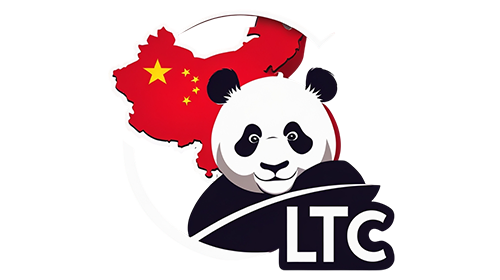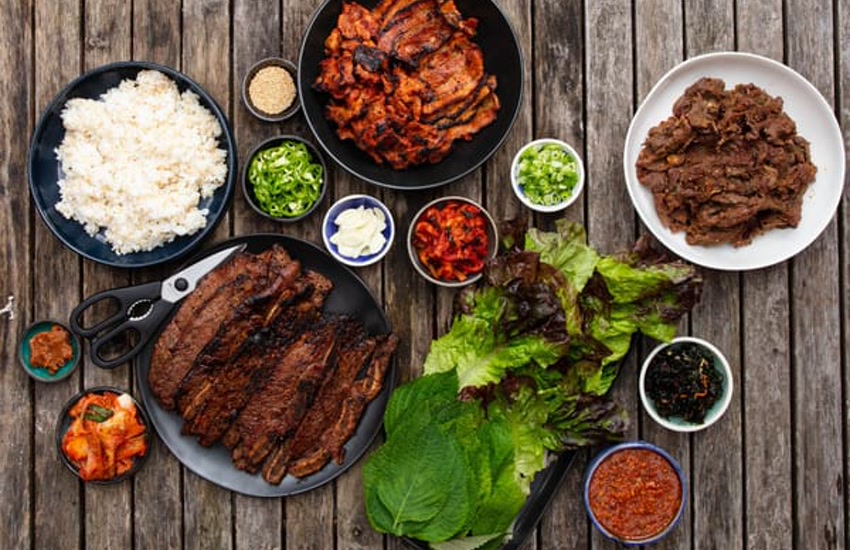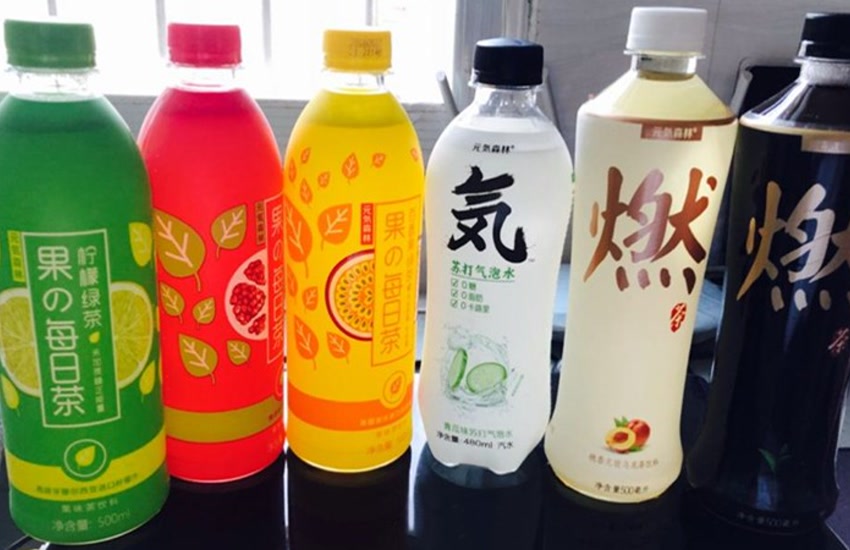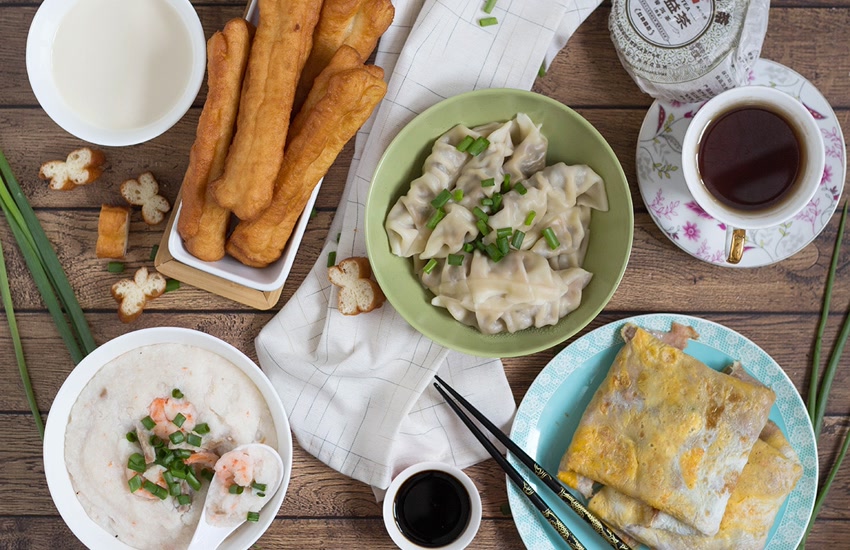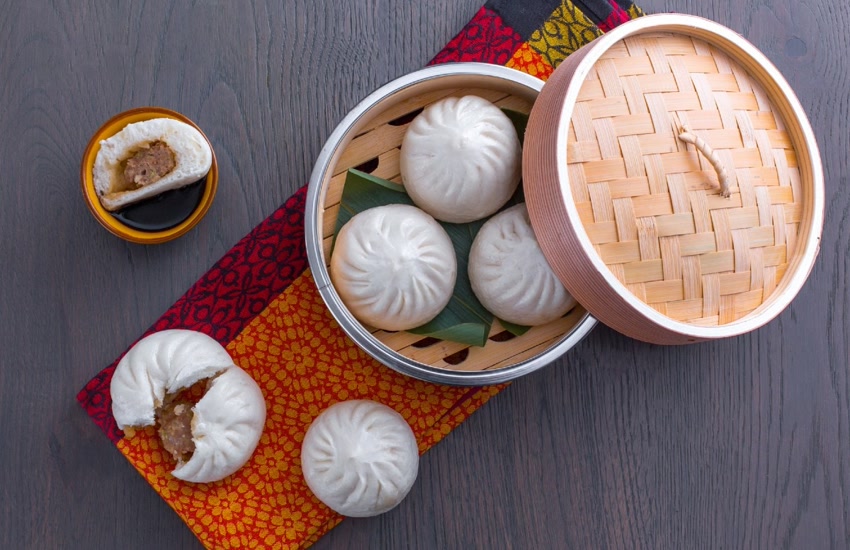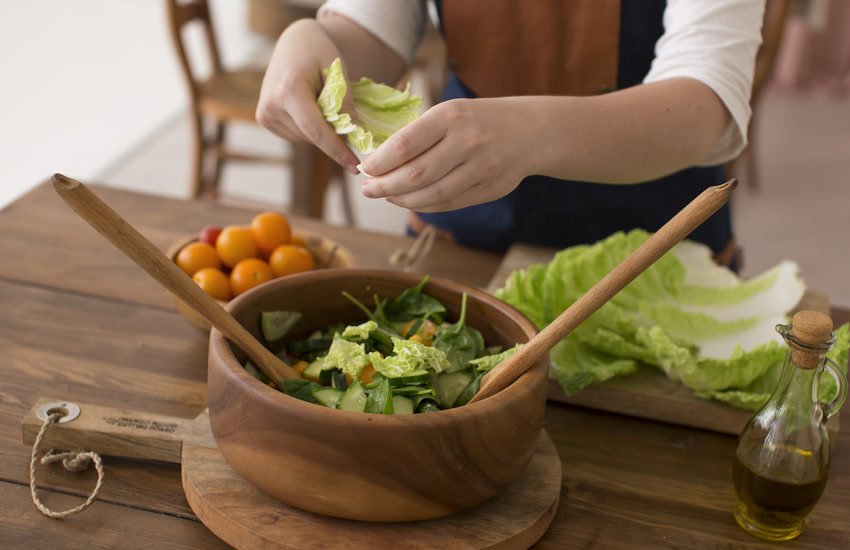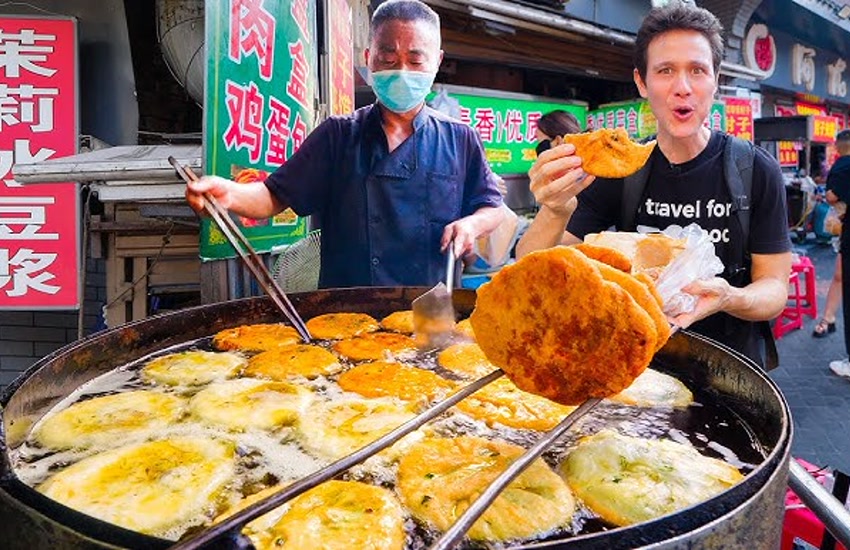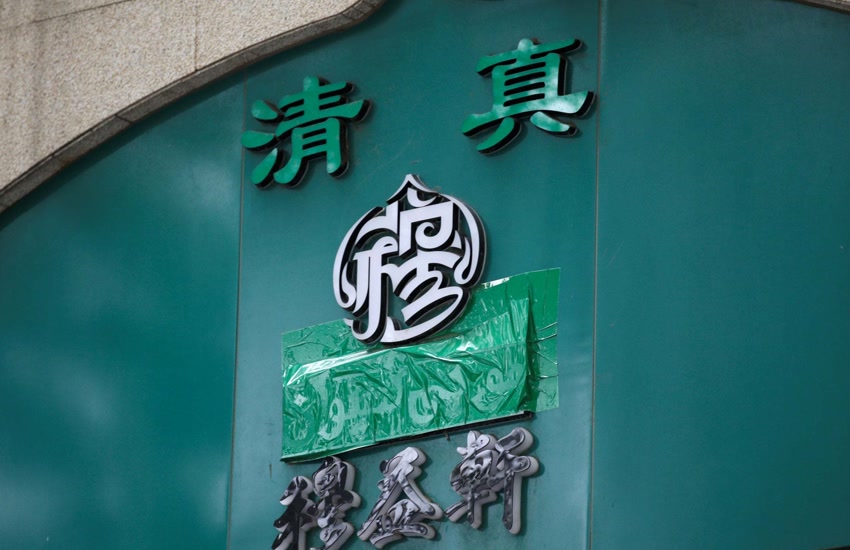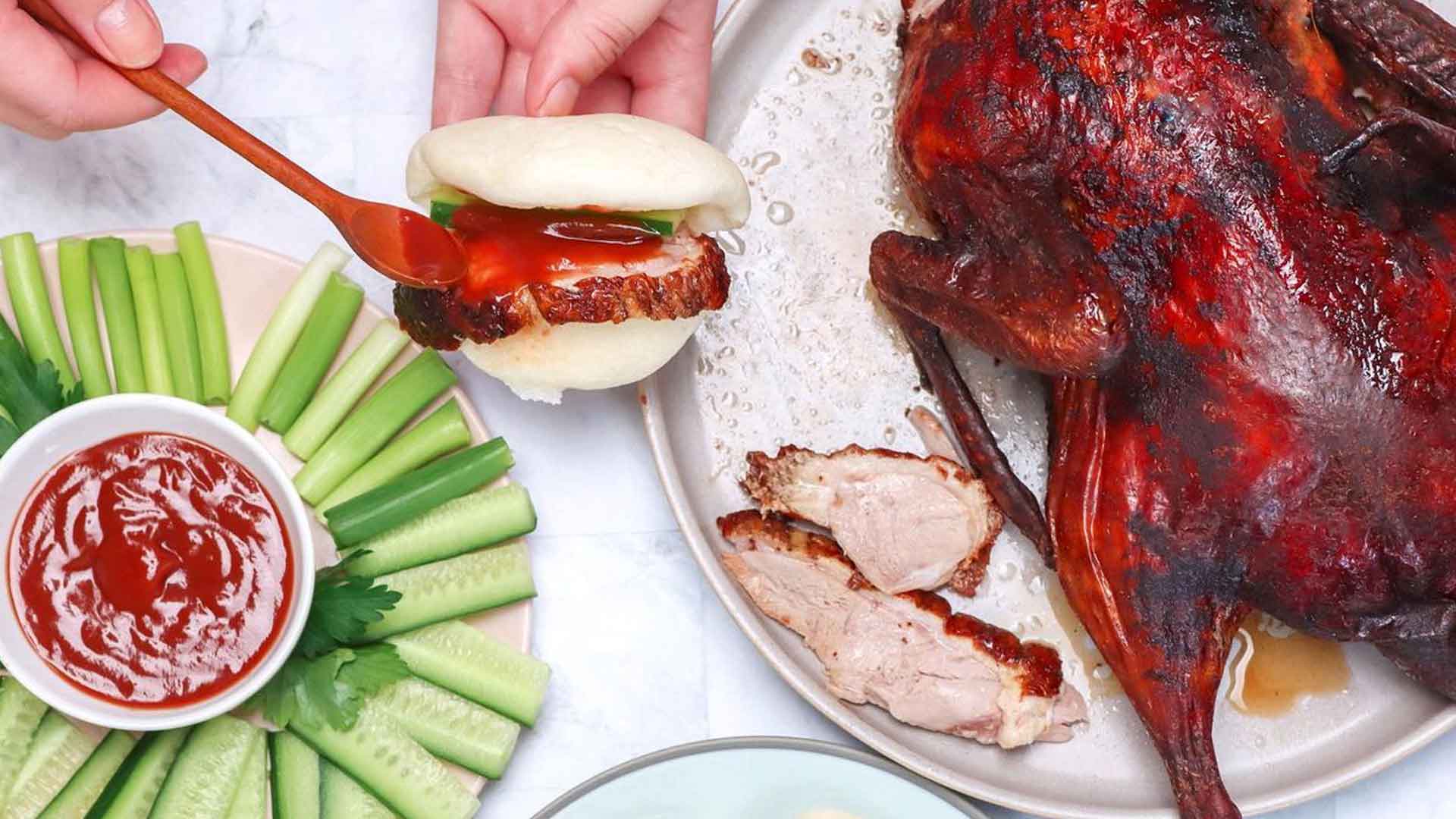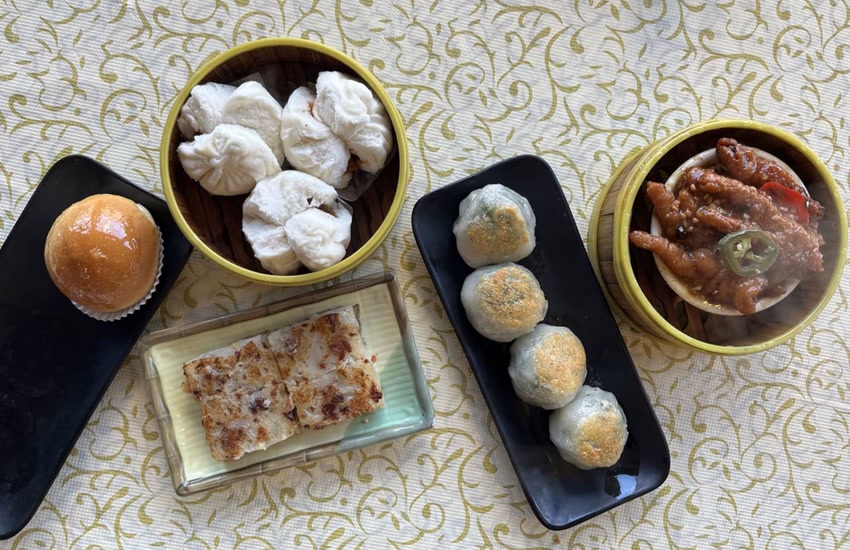Ni hao, spice lovers! Welcome back to the blog. Today, we’re diving headfirst into the fiery world of Chinese cuisine.
If you thought Chinese food was all sweet and sour pork and egg rolls, you’re in for a delicious awakening.
Get ready for a deep dive into the ultimate guide of spicy food in China!
Do They Eat Spicy Food in China?
The Answer (Spoiler: YES!)
First things first, let’s address the elephant in the room: Do they eat spicy food in China? The answer is a resounding YES!
While not every region embraces the burn equally, spice plays a significant role in many regional cuisines.
The misconception that all Chinese food is mild likely stems from the Westernized versions we often find abroad. The real deal is much more diverse and, dare I say, exciting! And it’s one of the best reasons to travel to china!
The Great Chili Migration: A Brief History

Pepper’s Journey to China
Before we jump into the regional specialties, let’s talk peppers. It’s fascinating to know that despite its prominent role in Chinese cuisine, chili peppers aren’t native to China! They actually made their way from the Americas, brought over by European explorers. Can you imagine a world without chili peppers in Sichuan cuisine? Neither can I!
It all started with Columbus’s crew bringing peppers back from America. Then, the Portuguese exploration of the East facilitated the pepper’s arrival in Asia, popping up in India, Japan, and finally, China. Today, the chili pepper is an absolute must-have in Chinese cooking, even more vital than star anise or cinnamon, some might argue! The possibilities are endless, and the art of flavor combinations has become a source of global recognition.
Just look at Guizhou’s Laoganma chili sauce, now a staple in stores worldwide. Perhaps you can find some at your local chinese food asheboro nc restaurant!
Why the Spice? More Than Just Flavor
The Science Behind the Spice
So why is spicy food so popular in China, especially considering it can make you sweat, tear up, and feel like your mouth is on fire? Interestingly, regional spice preference in China often correlates with climate and geography. I’ve found that understanding beijing china culture helped me appreciate the cuisine even more.
Traditional Chinese medicine believes in balance within the body. In mountainous, high-altitude areas, the climate can lead to a buildup of “cold” and “wet” elements. The theory goes that eating spicy food helps counteract this imbalance by opening up the pores, increasing heart rate, and essentially helping the body get rid of dampness and cold. Think of it as nature’s way of staying warm!
But the appeal of spice isn’t just about temperature regulation. From a neurochemical perspective, capsaicin (the compound responsible for the heat) tricks the brain into thinking it’s experiencing a burn. This prompts the release of endorphins, those feel-good chemicals that create a sense of warmth and happiness. So, that burning sensation is actually a pathway to pleasure! Of course, if you have stomach issues or acid reflux, you should consult a professional before embarking on a spicy food adventure.
Which Part of China Has the Spiciest Food?
The Contenders
| Region | Speciality |
|---|---|
| Sichuan | Sichuan peppercorns, with their unique numbing sensation (“ma la”), are a signature ingredient, adding another dimension to the chili heat. Think Mapo Tofu and Kung Pao Chicken. |
| Hunan | Often overshadowed by Sichuan, Hunan cuisine packs a serious punch. Unlike Sichuan’s numbing spice, Hunan food is known for its pure, fiery heat, often using fresh chilies. Mao’s braised pork is a classic example. |
| Guizhou | Nestled between Sichuan and Hunan, Guizhou holds its own in the spice game. Here, you’ll find dishes featuring a distinctive sour-and-spicy flavor profile. They also boast some seriously potent chili sauces. |
| Jiangxi | While perhaps less internationally renowned than Sichuan or Hunan, Jiangxi cuisine offers its own unique and potent brand of spice, with dishes that are as flavourful as they are fiery. |
What Kind of Chinese Food is Spicy?
A Delicious List
Now, for the moment you’ve been waiting for: a list of some must-try spicy Chinese dishes. This is your essential guide of spicy food in China:
- Là Zǐ Jī (辣子鸡) – Fried Spicy Chicken (Sichuan): This dish is an explosion of flavor and textures. Crispy fried chicken is stir-fried with a mountain of dried chilies and Sichuan peppercorns. Don’t be intimidated by the number of chilies; they mostly impart flavor rather than overwhelming heat.
- Hǔ Pí Là Jiāo (虎皮辣椒) – Pan-Seared Green Chili Pepper (Sichuan): “Tiger Skin Chili Pepper” gets its name from the blistered appearance of the pepper skin after pan-searing. Often with a mixture of sour, sweet, and spicy flavors.
- Shuǐ Zhǔ Niú Ròu (水煮牛肉) – Sliced Beef in Hot Chili Oil (Sichuan): This Sichuan classic is not for the faint of heart. Tender slices of beef are simmered in a fiery broth with vegetables, bean sprouts, and copious amounts of chili oil. It’s an oily, spicy, and incredibly satisfying dish.
- Xiāng Là Xiā (香辣虾) – Spicy Prawns: Prepared by cooking shrimp in a chili-based, fragrant sauce. Even with your tongue on fire, you’ll keep reaching for another shellfish.
- Duò Jiāo Yú Tóu (剁椒鱼头) – Steamed Fish Head with Diced Pickled Hot Peppers (Hunan): This Hunanese specialty features a steamed fish head topped with a mountain of diced, pickled chilies. It’s a visually stunning and incredibly flavorful dish. Don’t be afraid to dig in and get your hands dirty!
The Art of Eating Spicy Chinese Food

Spicy Food for Beginners: Tips and Tricks
New to the world of spicy Chinese food? Don’t worry, I’ve got you covered. Here are a few tips to help you navigate the heat:
- Start Slow: Don’t jump straight into the spiciest dish on the menu. Begin with milder options and gradually work your way up.
- Ask for “Wei La” (微辣): This translates to “slightly spicy.” It’s a great way to ease into the heat without being overwhelmed.
- Rice is Your Friend: A bowl of plain white rice is your best weapon against the burn. It helps to absorb the chili oil and cool down your palate.
- Beware of Hidden Chilies: Some dishes may look deceptively mild but contain hidden chilies. Always ask your server about the spice level.
- Hydrate Strategically: Avoid sugary drinks, as they can actually intensify the burning sensation. Water or unsweetened tea are your best bets. And if you prefer something different, you might be able to find coffee from china.
Chinese Food: Not Always Spicy
Which Part of China Does NOT Eat Spicy Food?
While many regions in China enjoy spicy food, some areas traditionally have milder cuisines. Generally, the eastern coastal regions tend to use less spice. For instance, the food in Shanghai is often sweeter and less reliant on chilies. However, even in these regions, you can usually find spicy options if you seek them out! A shanghai travel itinerary can include seeking out the spiciest dish hidden in the city.
Spicy Chinese Food vs. Indian Food
Is Chinese Food Spicier Than Indian Food?
This is a tough question, as both Chinese and Indian cuisines offer a wide range of spice levels. Generally speaking, some Indian dishes can be significantly spicier than many Chinese dishes. However, certain regional Chinese cuisines, particularly Sichuan and Hunan, can rival the heat of many Indian curries. Ultimately, it comes down to personal preference and the specific dishes in question.
Terminology: Key Terms to Navigate a Spicy Chinese Menu
Navigating the Spicy Chinese Food Menu: Some Key Terms
To help you navigate the menu like a pro, here are some essential Chinese terms related to spice:
辣 (là): Spicy, hot
麻 (má): Numbing (referring to the sensation from Sichuan peppercorns)
香 (xiāng): Fragrant, aromatic
酸 (suān): Sour
甜 (tián): Sweet
咸 (xián): Salty
Discover our others food guide:

